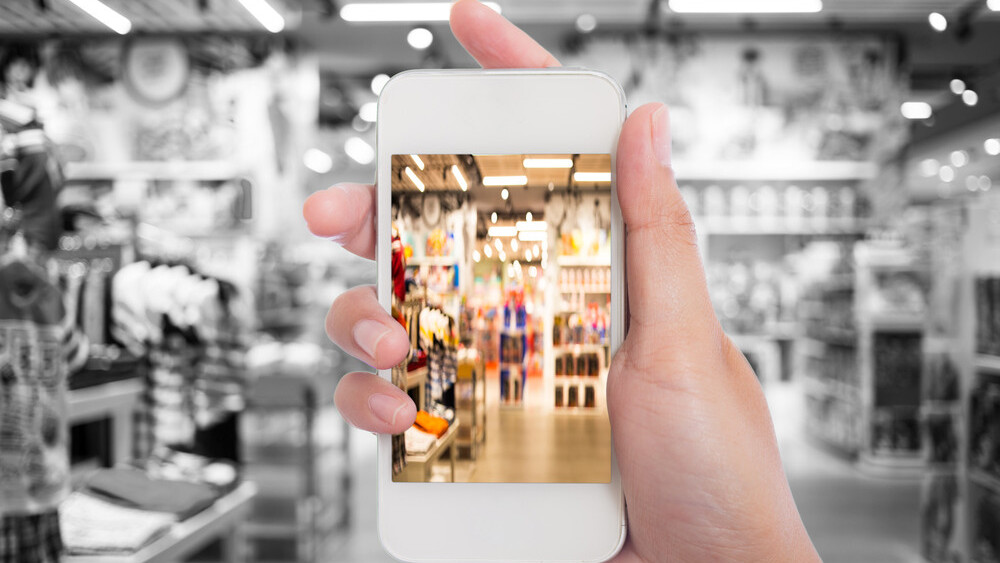
Retail and e-commerce is one of the most competitive industries. Besides some of the more major players such as eBay, Amazon, Walmart, and Target, thousands of smaller eCommerce products have flooded the market. In order to stand out among your competitors, win more customers, and, as a result, increase your revenue, you should keep an eye on the latest technological advancements.
By adopting new technologies within your retail business, you will be able to grow your sales, increase brand awareness and customer loyalty, and improve your customer service. This is only the tip of the iceberg. Technological innovations are at the core of any future-ready, successful business.
Based on our hands-on experience and vast domain knowledge, the following innovative tools and solutions have proven to be the most beneficial in retail.
Mobile capabilities
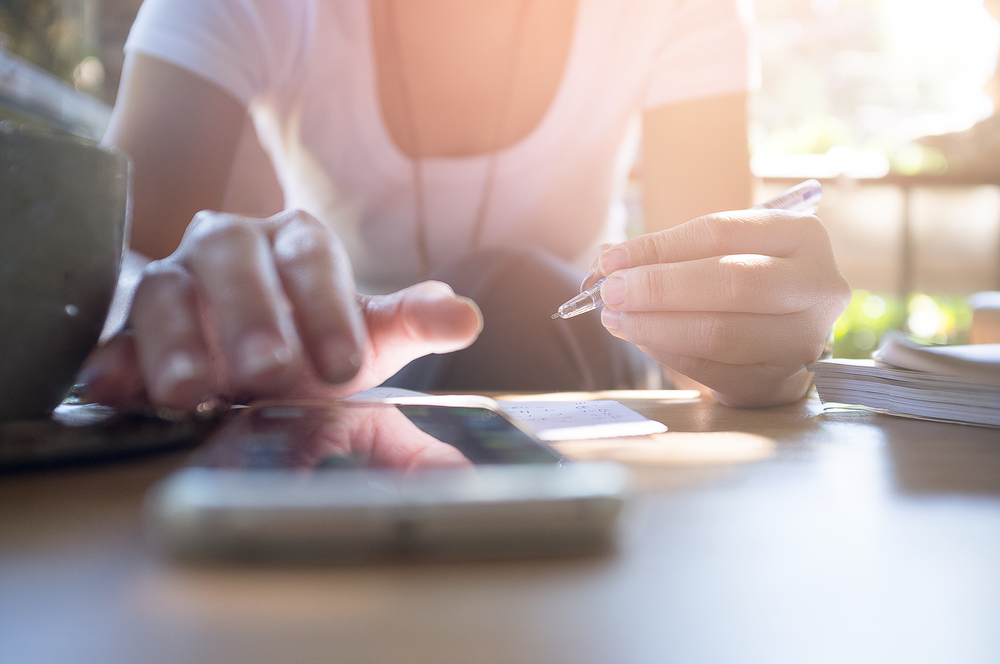
Most of the leading global retail brands are already using apps to tap the full potential of their mobile audience. According to a recent report, 57 percent of all purchases on eBay involved mobile touch point in the 2nd quarter of 2016. However, mobile apps in retail can do much more than simply show product listings and allow you to make a purchase right from your smartphone.
By using mobile technologies, retailers can gain the following competitive advantages:
- Access to mobile analytics and customer data including geolocation, shopping behavior, preferences, activity (more on that later).
- Advanced customer experience: with an app, your customers can access their personal accounts, track their orders on the go, redeem digital coupons, and collect loyalty points.
- Push notifications allow you to target your customers with personalized offers and timely discounts. In addition, you can use Beacons, small Bluetooth devices that use proximity sensors to detect nearby people and send promotional messages.
- Mobile payments (Apple Pay, Android Pay, Samsung Pay, etc.)
One of the most prominent examples of the usage of mobile capabilities in retail is Starbucks. Focusing primarily on mobile users, the global coffee shop chain has introduced a set of innovative products featuring Mobile Order & Pay, Starbucks Rewards program, mobile payments capabilities (using debit/credit card, Visa Checkout, PayPal or Apple Pay), and its recent collaboration with Spotify – Starbucks Music.
Personal shopping assistants and chat bots

Depending on the underlying mechanics, personal shopper apps can be operated by a human or AI-based. While the first type of shopper assistant services is typically easier to implement, the latter has proven to be more efficient in terms of operation costs and performance. The North Face, a clothing brand specializing in outerwear and equipment, has such a tool integrated directly within the company website.
Chat bots use popular chat apps as a basis, providing on-demand personal shopper services within a convenient and familiar conversational interface. Besides that, a chat bot can be used for customer service, automatically handling simple requests and reallocating the more serious ones to professional agents. H&M, Sephora, Tommy Hilfiger, and eBay are already successfully using the chat bot potential to increase customer satisfaction and loyalty.
Data analytics and machine learning
Vector illustration concept of SEO optimization, data analysis and storage, cloud computing, social media and program coding isolated on blue background with long shadow.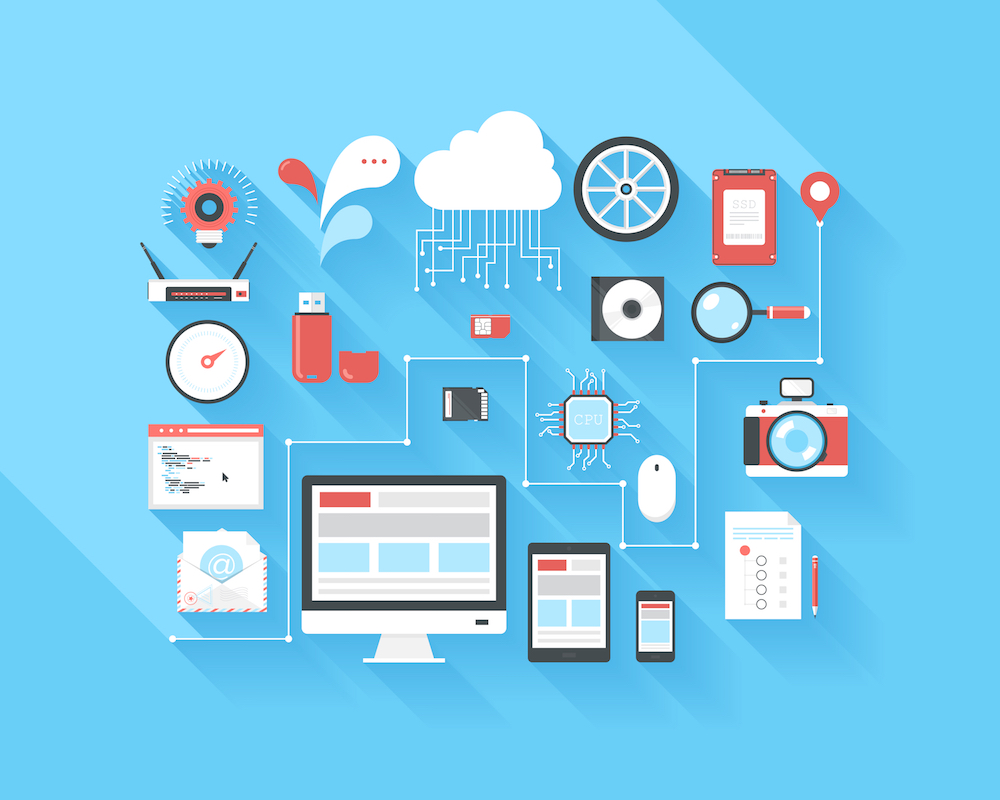
Customer data is another significant area of opportunity in retail. With the help of your web and mobile products, you can get access to a huge amount of customer information, from location and demographics to shopping habits and personal preferences. Using this information, retail companies can improve their shopping experience, providing more customized, relevant product suggestions and deals.
There are multiple ways data analytics and machine learning can contribute to a better customer experience.
An algorithm can use your shopping history to make assumptions for your future purchases, or it can suggest relevant products, based on your latest searches. For example, if you have been looking for skis, it might offer you some great deals on skiwear or accessories.
Advanced payment options
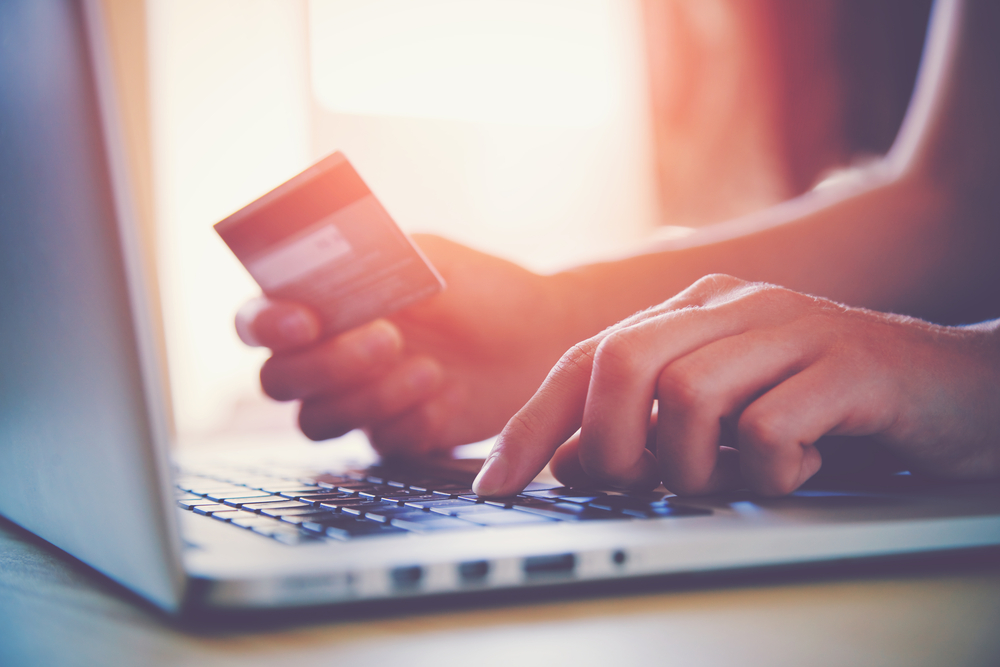
A noteworthy example of innovation is Amazon Go. The concept offers a checkout-free shopping experience, allowing you to take what you need and simply leave the store. The system uses computer vision, sensor fusion, and deep learning technologies to automatically track your purchases through a virtual shopping cart and charge the customer’s account soon after the shopping.
Virtual and augmented reality
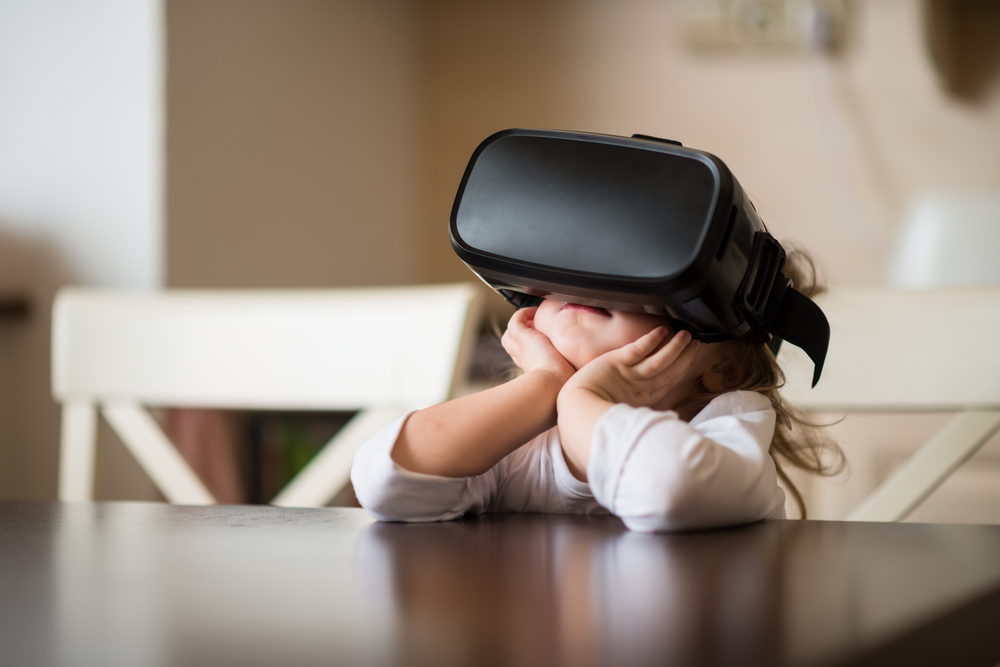
IKEA, a global furniture retailer, was one of the first to adopt augmented reality as a part of its digital strategy. By using their IKEA Catalog app, you can see how a certain piece of furniture will fit your interior. The app allows you to take a photo of a room, add different items from the catalog to it, and move them around to see if they look good in your home.
Sephora, a cosmetics store chain, uses virtual reality to allow customers to “try on” different products, experiment with looks, or view virtual tutorials within its Virtual Artist app.
A more advanced application of the technology might require specialized hardware such as wearables, AR-enabled devices (interactive mirrors, fitting rooms, shop windows).
Conclusion
Regardless of the tools and approaches you choose, it’s important to remember that customers play the most important role in your business. In order to achieve great results, you should focus on providing superior customer experience across all of your retail channels, be it a physical store, a website or an app.
Is your retail business future-ready? Don’t miss out on the opportunity to increase your exposure, recognition, and grow your business with the help of modern technologies.
Get the TNW newsletter
Get the most important tech news in your inbox each week.




